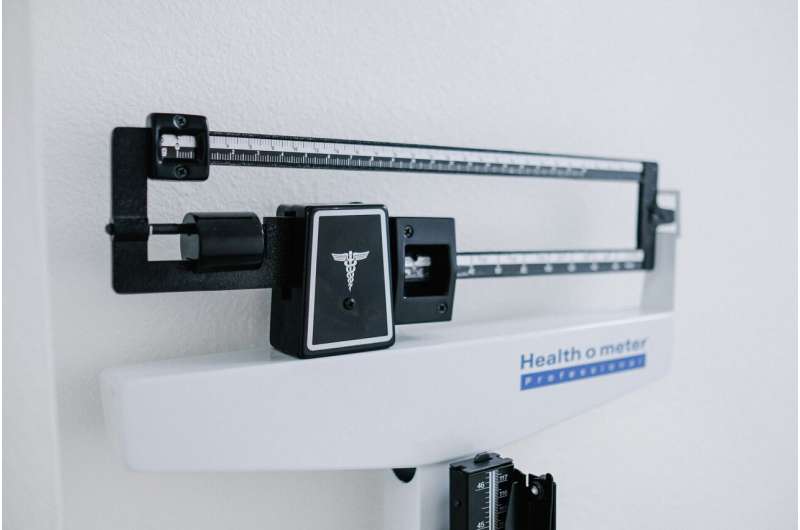Wrist Cooling Device Shows Promise in Managing Hot Flashes

A new wristband cooling device has demonstrated significant reduction in hot flashes among women and men undergoing hormone therapy, offering a safe and effective alternative for managing vasomotor symptoms.
Hot flashes, characterized by sudden and intense feelings of warmth typically accompanied by flushing and sweating, are common vasomotor symptoms affecting women during menopause, as well as men undergoing hormone deprivation therapy for prostate cancer and breast cancer patients. These episodes can severely impact quality of life, causing sleep disturbances, cognitive issues, fatigue, increased pain, and emotional stress. Up to 80% of menopausal women, 80% of prostate cancer patients, and 50-80% of breast cancer patients experience these symptoms.
Recent research from Boston University School of Medicine offers promising non-pharmacological intervention: a wristband cooling device. Unlike hormonal or pharmaceutical treatments, which often carry significant side effects or are unsuitable for hormone-sensitive individuals, this innovative device provides a safe alternative. In a randomized, double-blind study involving 27 participants with at least two daily moderate-to-severe hot flashes—including women with breast or prostate cancer and postmenopausal women—participants used the cooling wristband or a non-cooling placebo band over several weeks.
Results showed a substantial 46% reduction in severe hot flash episodes among users of the cooling device. Specifically, breast cancer patients experienced a 41% decrease, while prostate cancer patients and postmenopausal women saw reductions of 50%. Additionally, there was an 18% drop in the overall number of daily hot flashes. The high neurological sensitivity of the wrist makes it an ideal site for targeted cooling therapy, which appears to signal the body's hypothalamus to reduce overheating responses like vasodilation and sweating. This mechanism potentially mitigates the intensity and frequency of hot flashes.
Dr. Michael F. Holick, lead researcher and professor of medicine, emphasized that the device could be especially beneficial for patients who cannot use hormone-based treatments due to cancer or other health concerns. The findings, published in the journal AACE Endocrinology and Diabetes, suggest that wrist cooling devices may become an effective tool in managing vasomotor symptoms and improving patient quality of life.
This breakthrough underscores the potential for wearable cooling technologies not only in hot flash management but also in other conditions involving thermoregulatory dysfunction such as motion sickness, Parkinson’s disease, and hand tremors. Further studies are needed to optimize these devices and expand their applications, but the current evidence highlights a promising step forward in non-invasive symptom relief.
source: https://medicalxpress.com/news/2025-09-wrist-cooling-approach-hot.html
Stay Updated with Mia's Feed
Get the latest health & wellness insights delivered straight to your inbox.
Related Articles
New Approach to Combat Obesity by Activating Brown Fat Cells
Research reveals that activating brown fat through the protein neuritin 1 can increase energy expenditure and help prevent obesity, offering a promising new approach for metabolic health.
Chikungunya in the UK: Essential Facts for Travelers About This Mosquito-Borne Virus
Learn essential information about Chikungunya, a mosquito-borne virus increasing among UK travelers, including symptoms, prevention strategies, and vaccination options to stay safe during your travels.
New Biomarker May Improve Early Detection of Cardiovascular Disease in Kidney Patients
A groundbreaking study suggests that the blood marker SDMA may be a more effective early indicator of cardiovascular issues in chronic kidney disease patients than the traditionally used ADMA, promising earlier detection and intervention.
Innovative Non-Hormonal Hydrogel Offers New Hope for Menopausal Vaginal Health
A groundbreaking non-hormonal hydrogel developed at UC San Diego shows potential to treat menopausal vaginal changes, especially for women seeking hormone-free solutions. Preclinical trials indicate promising tissue regeneration and safety, paving the way for new therapies to improve quality of life during menopause.



